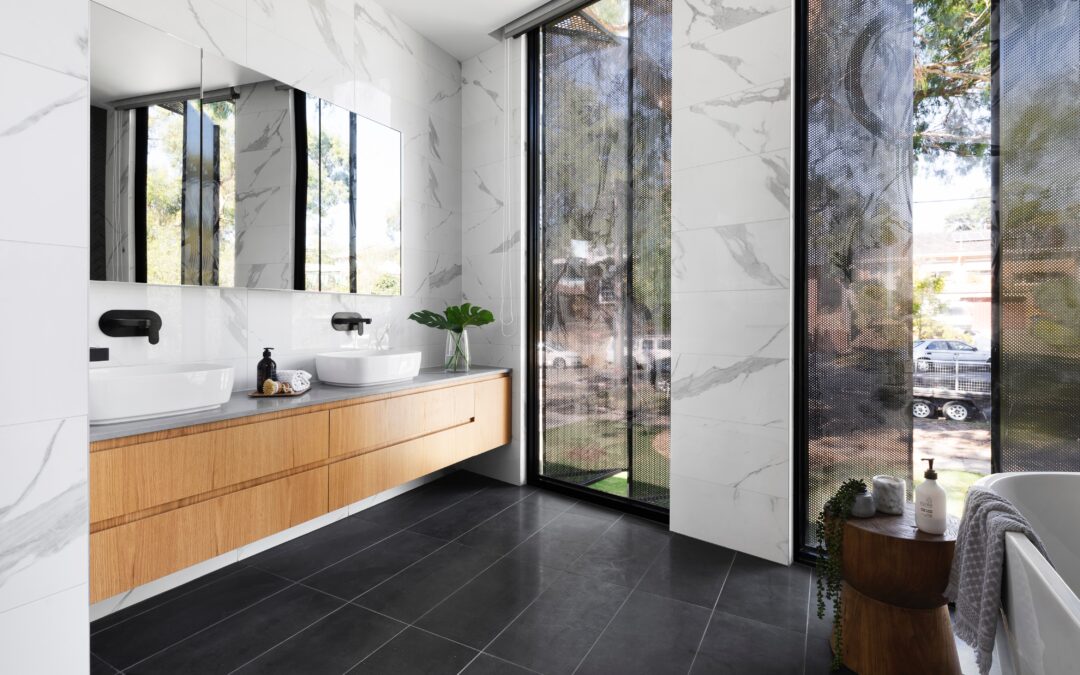Creating a functional and safe bathroom for aging individuals is crucial for maintaining their independence and ensuring their well-being. As people grow old, their physical abilities may decline, making everyday tasks more challenging. By making thoughtful modifications and incorporating accessibility features, you can design a bathroom that caters to the needs of seniors. Here are some essential considerations to keep in mind:
- Assess Safety Needs
Begin by assessing the specific safety needs of the person who will be using the bathroom. Consider their mobility limitations, balance, stability, and any existing medical conditions. This evaluation will help determine the necessary modifications required.
- Install Grab Bars and Handrails
Installing grab bars and handrails is essential for providing stability and support. Place them near the toilet area and in the shower or bathtub to assist with balance and prevent falls. Ensure that the grab bars are securely mounted and can bear weight.
- Ensure Slip-resistant Flooring
Slippery floors pose a significant risk in the bathroom. Opt for slip-resistant flooring materials, such as textured tiles or non-slip vinyl. These surfaces provide better traction and reduce the likelihood of accidents. Additionally, choose the flooring that is easy to clean and maintain.
- Enhance Accessibility with Walk-in Showers
Traditional bathtubs can be difficult for seniors to access due to high thresholds. Consider installing walk-in showers that eliminate the need to step over barriers. Ensure the shower area is spacious, allowing for maneuverability and the addition of seating options if necessary.
- Install Comfort-height Toilets
Replace standard toilets with comfort-height toilets that are higher than average. This allows for easier transfers and reduces strain on joints. Consider adding grab bars adjacent to the toilets for added safety and support.
- Improve Lighting and Visibility
Proper lighting is crucial in a senior-friendly bathroom. Incorporate ample natural light through windows or skylights, and supplement it with well-placed artificial lighting. Ensure that light switches are easily accessible, and consider adding nightlights for safe navigation during nighttime.
- Consider Non-slip Mats
Place non-slip mats or rugs strategically in areas prone to wetness, such as near the shower or bathtub and in front of the sink. These mats provide additional traction and reduce the chance of slips and falls.
Creating a functional and safe bathroom for aging in place requires careful consideration of seniors’ specific needs and challenges. By implementing the abovementioned suggestions, you can design a bathroom that promotes independence, accessibility, and safety.
Conclusion
Designing a functional and safe bathroom for aging in place is crucial for ensuring the well-being and independence of seniors. By incorporating accessibility features such as grab bars, slip-resistant flooring, walk-in showers, and comfort-height toilets, you can create a bathroom that meets the unique needs of aging individuals. Additionally, improving lighting and visibility and using non-slip mats further enhance safety. With these modifications, seniors can maintain their independence and carry out daily activities with ease, contributing to a higher quality of life.
FAQs
Q1: Are grab bars necessary in a senior-friendly bathroom?
A: Yes, grab bars provide stability and support, reducing the risk of falls.
Q2: What is the benefit of slip-resistant flooring?
A: Slip-resistant flooring reduces the likelihood of accidents by providing better traction.
Q3: Why are comfort-height toilets recommended?
A: Comfort-height toilets make it easier for seniors to sit down and stand up, minimizing strain on their joints.
Q4: How can lighting be improved in a senior-friendly bathroom?
A: Incorporate natural light, supplement it with artificial lighting, and ensure that light switches are easily accessible.
Q5: What are non-slip mats used for?
A: Non-slip mats provide additional traction and reduce the chance of slips and falls in areas prone to wetness.


